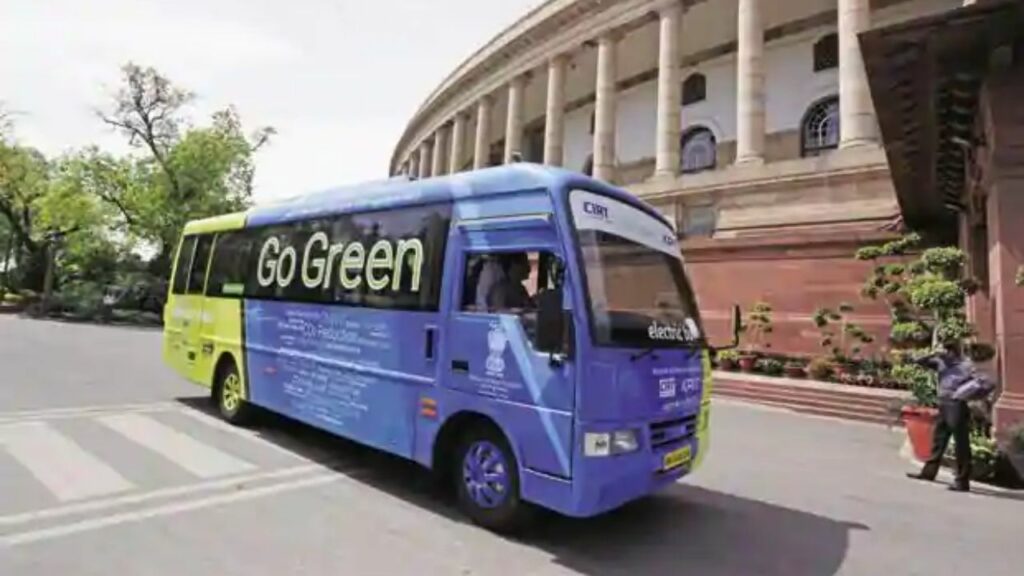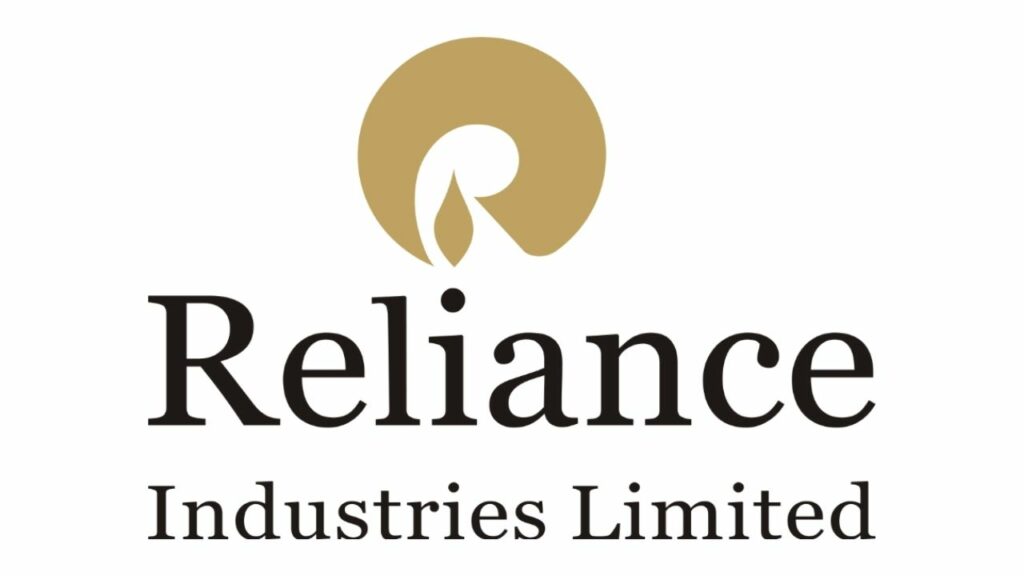
To the uninitiated, Biofuels are fuels that have been extracted from crops and plants. The advantage of Plant-based fuels is that they come from renewable energy sources. They can be grown in mostly any place and have a record of lower carbon emissions when compared to fossil fuels like petroleum, coal and natural gas.
1. Did You Know That Biofuel is Used Since 20 yrs in India?

Ethanol is a renewable biofuel because it is made from biomass. India commenced the usage of ethanol as an option for automotive fuel in 2003. Based on this the (MoPNG) that is the Ministry of Petroleum & Natural Gas dispensed a notification in September 2002. As per this notification, it become mandatory to have a blend of 5% ethanol in nine major sugar producing states & four union territories from the year 2003. However, due to shortage in ethanol during 2004-05, the blending mandate was made optional in October 2004. It later was resumed in October 2006 in the 2nd phase with an eventual rise to 10% blending.
Instead of bearing this unnecessary cost, companies can invest the money in employing the rural population for several job opportunities that involve labour work, facilitation, loading and transport work. There can be employment opportunities for people who can be involved in the activities of raw material and residue collection.
2. An Encouraging National Policy On Biofuels in India

In the year 2008, the Ministry of New & Renewable Energy, set up a National Policy on Biofuels. The policy’s aim was to limit the country’s dependence on foreign crude and also limit future carbon footprint. Under this policy, from October 2008, it was proposed that the blending level of bio-ethanol with petrol should be at 5%, leading to a target of 20% blending of bio-ethanol by the year 2017.
At present, the Government is executing the (EBP) Ethanol Blended Petrol Programme as per which the OMCs sell petrol blended with ethanol up to 10%. This programme has been extended to all regions of India except the Union Territories of Andaman Nicobar & Lakshadweep islands with effect from 1st of April, 2019. The aim is also to promote the use of alternative & environment friendly fuels. This intervention also aims at reducing India’s import dependency on other countries for energy requirements & give a powerful boost to the agriculture sector of India.
3. Did You Know That India Was Able To Achieve The Ethanol Target As Per National Policy?

During the ethanol supply year 2018-19 nearly 189 CR Litres of ethanol was supplied by grain based distilleries and sugar mills to OMCs thus achieving the 5% blending target. Also in the (ESY) ethanol supply year 2019-20, 195 CR Litres of ethanol was supplied for blending with petrol to achieve 5.6% blending. The Government has 10% blending target for mixing ethanol with petrol by 2022 & 20% blending target by 2030 & 5% blending of biodiesel in diesel in India by 2030.
4. Did You Know That Biofuels Are Cheaper Than LPG or Furnace Oil?

The overall cost-benefit of using Biofuels is much higher. They are cleaner fuels that produce relatively fewer emissions on burning. With the increased demand for biofuels, they have the potential of becoming cheaper in the future as well. Biofuels are 20-50% cheaper than LPG & Furnace Oil. One of the main reasons why Biofuels are cheaper is because they can be made locally by using local materials.
Biofuels are flexible and can be easily mixed with other fuels. Also, Ethanol & biodiesel are much better for automobile engines than fossil fuels. They can be used as additives to improve performance even if they are not the main fuel source.
5. Renowned Companies Using Biofuel Aggressively

Thermax is a renowned engineering company providing sustainable solutions in energy & environment. It has successfully commissioned a biomass boiler for an FMCG major in India. Another such organization taking initiatives in the Biofuel segment is Forbes Marshall.
Bharat Petroleum, Indian Oil and Reliance Industries are other few giants involved in the Biofuel domain.
6. NTPC On 5% Inclusion in Power Generation to be Biofuels

NTPC is planning to replace 5% of coal by pellets/torrefied pellets made of agriculture residue in its power plants. List of power plants & daily pellets/torrefied pellets requirement is given in following table.

7. Local Food & Snacks Businesses Shifting to Biofuel

Right from small time snacks manufacturers, to dairy business owners, to roasting food item businesses, all are shifting from diesel or LPG based burners to Pellet based burners. And in the process they are achieving 50% cost benefit and their break-even is anywhere between three months to nine months. The Bakery business is another huge business that is shifting to Pellet based burners.
8. Government Offering Capital Subsidies

In terms of policies, our Government first started incentivising the suppliers. Since this product was new, very few people were willing to take risks to go for the manufacturing units. So in order to promote this industry, the Government provided capital subsidy for small time manufacturers to put up solid biofuel manufacturing projects in the rural areas. Earlier, it was 25% subsidy on the capital for the manufacturers. And for the convenience and ease of operations, these subsidies were provided through local government bodies.
9. By 2022, biofuel Will Become a Rs. 50,000 CRORE Business

Dharmendra Pradhan, Minister of State (Independent Charge) for Petroleum & Natural Gas once mentioned few years ago at the National conference on Biofuels that the biofuel business in our country is expected to reach Rs.50,000 crore by 2022 and this is based on the demand for petrol & diesel in the India
“With five per cent blending of bio-diesel, the requirement of bio-diesel will be 675 crore litres by 2022 or a business size of around ₹27,000 crore while ethanol requirement for 10 per cent ethanol blended petrol will be 450 crore litres or a business size of ₹23,000 crore,” said Pradhan while speaking in the same national conference on biofuels which was held in 2016.
Pradhan sees the size of the biofuels industry rising to close to ₹1.25 lakh crore by 2040, if the demand for petrol and diesel grows as per the International Energy Agency’s outlook.
